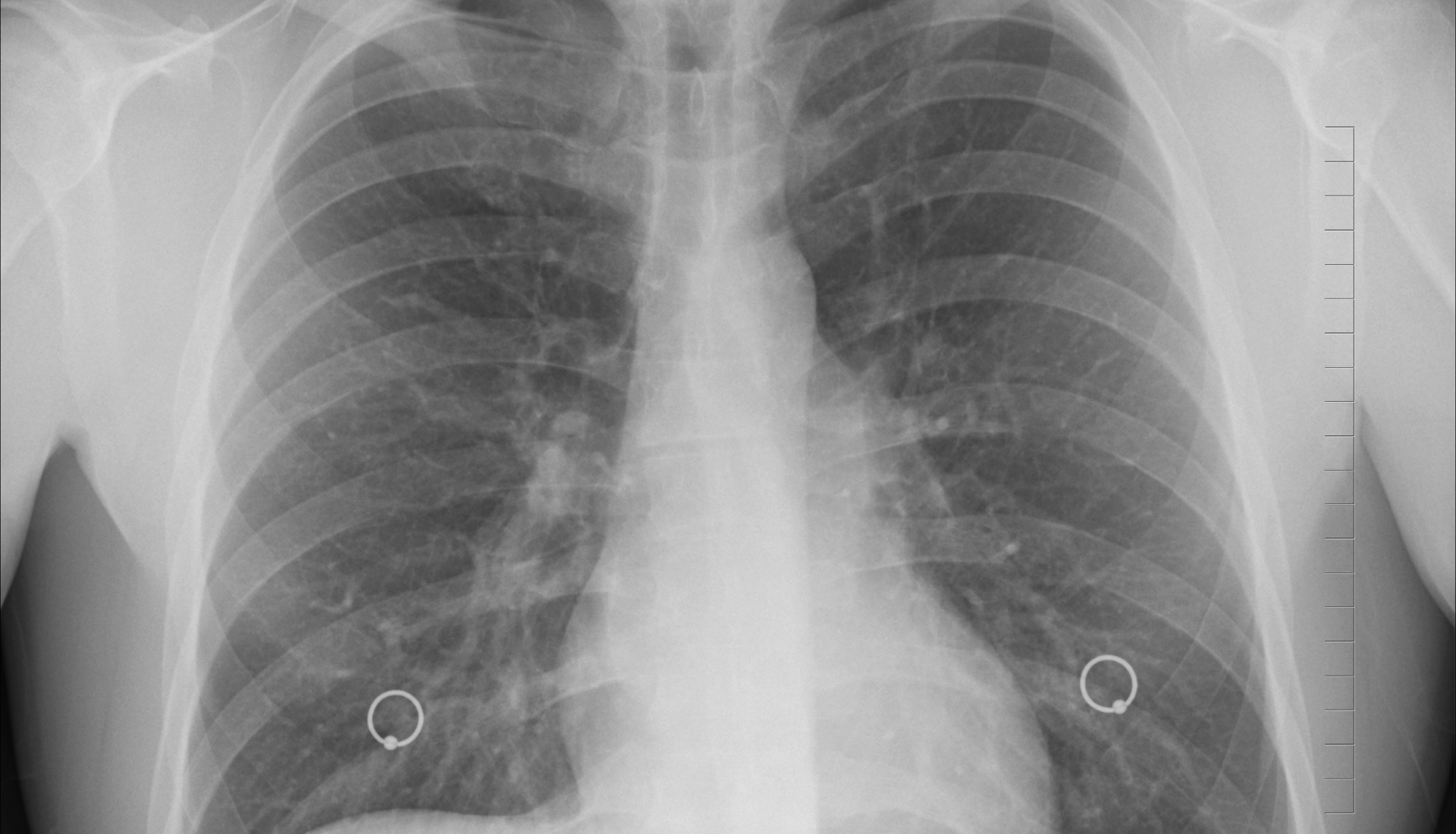
Lung
Lung Cancer Surgery
The type of surgery for lung cancer depends on the size of the cancer, the position of the cancer in the lung and the type of lung cancer. To remove a lung cancer we perform either a keyhole surgery (VATS/Robotics) or an open surgery.
Keyhole surgery can remove small, early, non small cell lung cancers. The medical name for this operation is Video Assisted Thoracoscopic Surgery (VATS). In VATS we make 1, 2 or 3 small cuts on the side of the chest. Then a long optical tube called a thoracoscope is inserted through one of the cuts. The thoracoscope connects to a fibre optic camera. This shows pictures of the inside of the chest on a video screen. The surgeon puts the surgical instruments into the other cuts to remove the cancer. In Robotic surgery, a robot is docked on the key-hole cuts and we perform the surgery from a robotic console.
Open Surgery is the traditional form of removing lung cancer and is preferred for large tumors and tumors involving other important adjacent structures. Here we make a cut that runs around the side of the chest. This is called a thoracotomy. Sometimes the cut may only be a few centimetres long. But it can also be longer and run from under the nipple around to your back under the shoulder blade.
Lobectomy
The lungs are divided into sections called lobes. There are 2 lobes in the left lung and 3 in the right lung.
Lobectomy means removing one lobe of the lung. This type of operation is done if the cancer is just in one part of one lung. It is the most common type of operation for lung cancer. Often two lobes of a lung may have to be removed, in which case it is called a Bilobectomy.
Pneumonectomy
The operation to remove the whole lung is called a pneumonectomy. We recommend this operation if the cancer is in the central area of the lung and involves either the 2 lobes in the left lung or the 3 lobes in the right lung.
Many people worry that they won’t be able to breathe properly with only one lung. If you have good lung function test results before surgery then you should be able to breathe normally with only one lung.
Sublobar Resection
Sublobar resection is another common surgical procedure where a smaller part of the “lobe” is removed. This type of operation is offered if the cancer has been diagnosed early, is only in one very small area or in older patients with poor lung functions. I
The types of sublobar resection are wedge resection and segmentectomy. In wedge resection, the lung tumor is removed with surrounding marginal tissue for safety. Segmentectomy, on the other hand, is a more oncologically superior procedure which involves anatomical resection of one or a combination of more than one broncho-pulmonary segments.
Sleeve Resection
We may sometimes offer an operation called a sleeve resection if the cancer is in the central area of the lung and growing into one of the main airways (bronchi). We remove the affected section of the airway and any surrounding cancer in the lobe. This operation is not as common as other types of lung cancer surgery.
Lung Resection combined with Chest Wall Resection
It is also a form of lung cancer surgery that involves partial or complete removal of the chest wall (ribs, sternum, muscles etc) along with part of the lung to get rid of the tumors.
The chest wall resection surgery is often followed by chest wall reconstruction to restore the skeletal structure of the chest.
Lymphadenectomy
During an operation for Lung Cancer we examine surrounding and draining areas of the lung. Then we take out some of the nearby lymph nodes in case they contain cancer cells that have spread from the main cancer. This is called lymphadenectomy.
